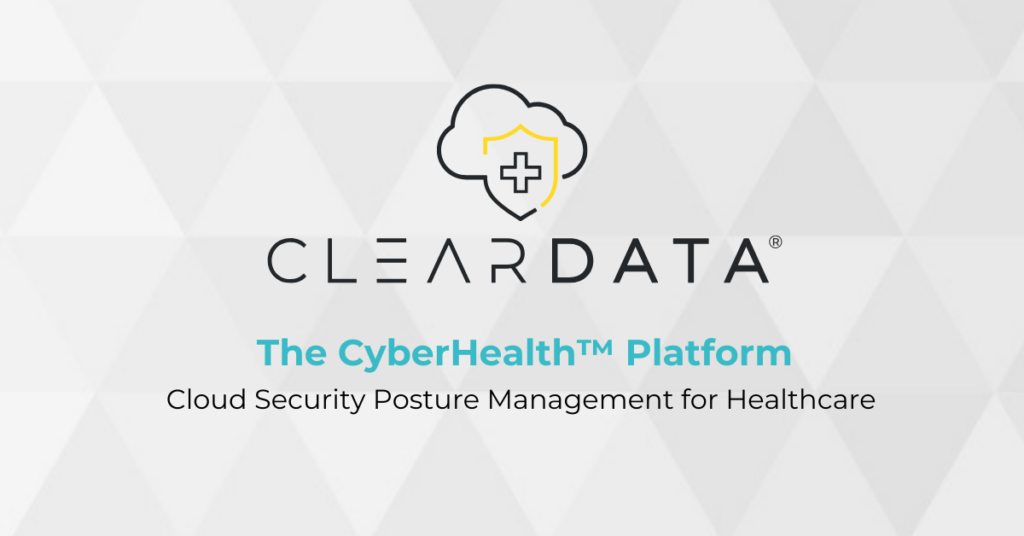What’s all the buzz about Amazon Web Services (AWS)? For starters, it gives organizations stuck with outdated physical server storage access to unprecedented scale and utility in the cloud. That definitely counts as buzzworthy in today’s data-intensive healthcare environment.
That is why it makes sense to combine the information security, compliance and healthcare-exclusive focus of the healthcare cloud with the scale, geographic diversity and rapid pace of innovation of AWS.
While costs vary according to bandwidth needs, there’s no doubt that this combination enables more healthcare organizations to leverage AWS’ highly secure framework to safeguard protected health information. At the same time, organizations can cost-effectively store, manage and securely share their data from a single location.
So how do healthcare organizations get to this glittering new technology infrastructure world (and out of their clunky old one)? While not an overnight journey, the process is so enabled these days with partners that can guide organizations through every stage of migration, arrival can happen faster than one might think.
The first step, of course, is to find a cloud vendor that offers a healthcare managed cloud on the AWS platform. Ideally, this same vendor should have additional capabilities to perfectly size and shape this cloud to the organization’s unique needs and even help with the migration. Whether or not these additional services are engaged, here’s a breakdown of the migration process in the form of a basic “ABC” plan for moving to an AWS healthcare managed cloud.
Assess—Get to know your technology and information assets again via an in-depth inventory. Many of them are long lost friends. Plus, it’s a rare opportunity to refresh understanding of who uses and counts on which apps. Keep in mind, though, that moving to the cloud is not a matter of moving everything in your inventory from one end of the wire to the other. The whole point of migrating to the cloud is for a business reset in some way. (More on that in the next point.)
Note that if the idea of taking an inventory of years’ worth of IT infrastructure, apps and files is overwhelming, there are cloud vendors that specialize in assisting with this.
Build for the cloud—This is where you can shed the bloat, including costly service level agreements and equipment no longer needed in the cloud. So why keep paying for them? What you have pre-cloud is almost surely more than you’ll need to commission in the high performance environment of AWS cloud computing. The savings start right away if you hire a cloud vendor to help plan your cloud infrastructure needs—it’s an included component of an assessment plan.
Closing day—Move to the cloud! Okay, so it takes a little longer than a day. Or at least it will take your moving partner longer than a day. That’s right—you can also hire a cloud vendor to make the migration for you. A range of services exist here, including the above-mentioned discovery assessments and application dependency mapping; physical to virtual transformation to assure the right scale of cloud infrastructure; and of course the actual migration. A strong cloud vendor will have hardware and software-agnostic automation tools that fast-track even large enterprise cloud migrations.
Once on the AWS healthcare managed cloud, organizations can relinquish as little or all of their former IT responsibilities as they want. The ideal cloud vendor described in this article should be able to leverage the advanced features of AWS’ infrastructure, including multi-Region failovers, log analysis, AWS Identity and Access Management (IAM) permissions and a dedicated DevOps practice. Most importantly, protected health information resides in a HIPAA-compliant and secure environment. With so many benefits, expect the buzz about this new healthcare managed cloud to only grow.


